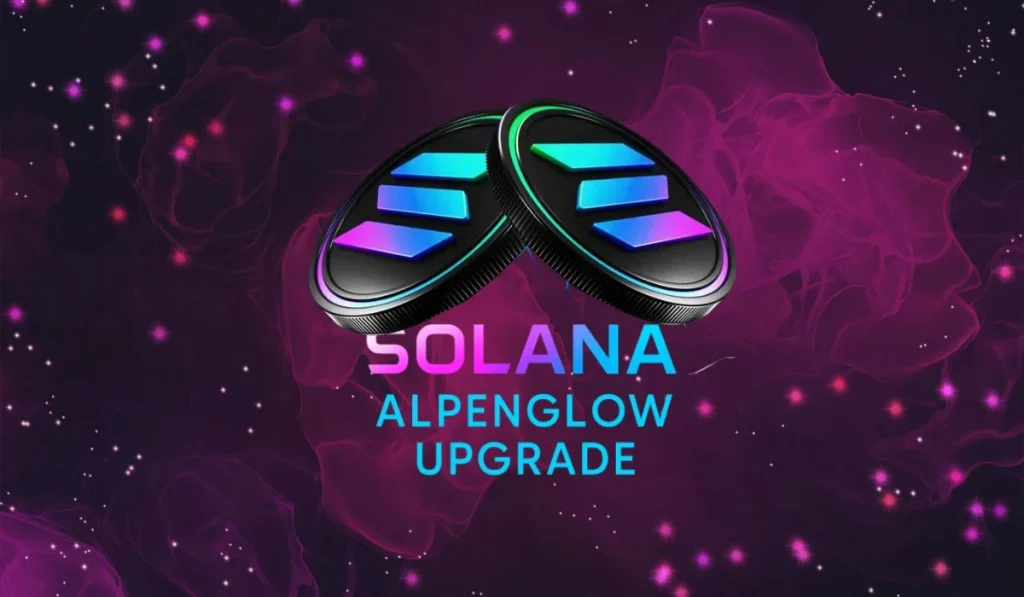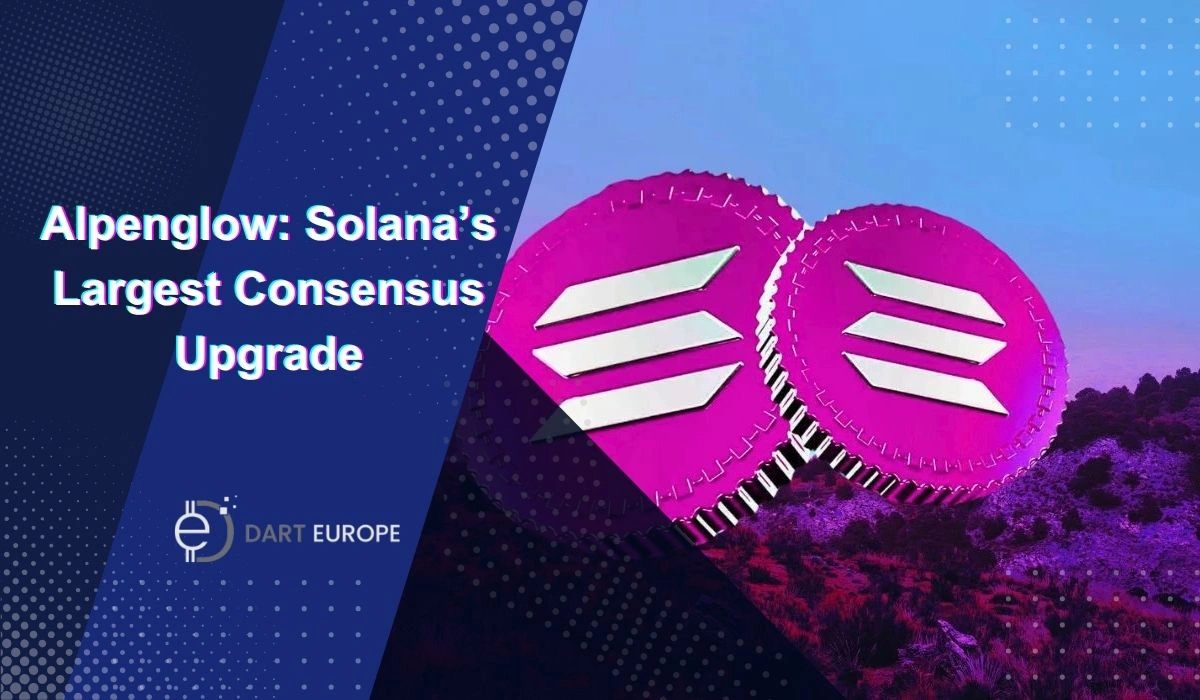Three researchers from Solana-focused blockchain infrastructure firm Anza have proposed a new proof-of-stake (PoS) consensus system for Solana called ‘Alpenglow’, which they claim could be the blockchain’s most ambitious core upgrade to date and is set to replace its current technology stack with a redesigned consensus protocol specifically built for near-instant finality and responsiveness.
Alpenglow proposes replacing Solana’s Proof-of-History (PoH) timestamping system and Tower BFT voting mechanism to reduce the duration it takes for all nodes on the blockchain to agree on the network state.
The Case of Solana’s Proof-of-History and TowerBFT Consensus Protocols Slowing Down the Network
Proof-of-History is a core feature of Solana that uses the concept of time to achieve distributed consensus on the blockchain. It allows for faster and more efficient transaction processing, with an estimated speed of 50,000 transactions per second. The cryptographic clocks allow validators to reach consensus without arguing over timing when recording on-chain data.

Meanwhile, TowerBFT combines elements of PoH and Byzantine Fault Tolerance (BFT) to provide high-throughput, low-latency, and secure consensus on Solana. Validators use the algorithm to agree on the validity and order of a block before adding it to the blockchain.
Although both these systems have been efficient and have allowed Solana to operate at immense speeds, they add complexity to the network. Anza researchers have argued that both systems are slowing the blockchain, as TowerBFT needs multiple rounds of voting, and PoH relies on a cryptographic clock that can cause delays in coordination.
Alpenglow Promises 150 Millisecond Finality with ‘Rotor’ and ‘Votor’ Algorithms
Anza’s Quentin Kneip, Kobi Siliwinski, and Roger Watternhoffer claim that Alpenglow simplifies Solana’s consensus mechanism with faster, direct communication and quicker consensus. They expect the upgrade to allow the blockchain to reach actual finality in about 150 milliseconds, rivaling the internet infrastructure for responsiveness and making it viable for entirely new categories of applications that demand real-time performance.
Researchers have acknowledged that Alpenglow will be built on Solana using the Turbine protocol, which they say features a technique where each block is erasure-coded into smaller pieces that can be rapidly disseminated.
Solana’s Proof-of-History consensus will be replaced with Rotor, which is a data propagation protocol on Alpenglow that would allow for fewer, smarter relay node selections and better bandwidth distribution to circulate data around the blockchain quickly. Anza noted that much like Turbine, Rotor employs erasure-coding to ensure that a block can be reconstructed from a subset of smaller pieces.
Meanwhile, Votor, which is a replacement for TowerBFT, will take over Solana’s voting and block finalization logic to simplify the network with faster, more direct communication and quicker consensus. The researchers suggest that Votor can confirm transactions in as little as 100-150 milliseconds. This would be a massive achievement for Solana, as most established blockchains still operate on multi-second confirmation windows.
Recently, while speaking at ‘Accelerate’, a week-long Solana conference that took place in New York in May, Wattenhofer said that the fastest blockchains boast a latency of 400 milliseconds, and if the Alpenglow upgrade goes ahead, then Solana could become the fastest in the space.
Solana Foundation states that the blockchain has already conducted experiments using optimistic confirmations to reduce latency, but with Alpenglow, Solana could be formalized into a provably fast decentralized network.
Anza noted that Rotor and Votor would require nodes to either notarize a block or skip it entirely if it arrives late or is deemed untrustworthy. A block can be notarized in one round if 80% of the nodes approve it or in two rounds if it receives 60% approval. This will be done using parallel voting tracks, ensuring faster and more scalable processing.
Also Read: What is the STABLE Act? – US Stablecoin Bill
Alpenglow is expected to go live on Solana by 2026
However, the Alpenglow whitepaper noted that switching to its protocol would not guarantee protection for Solana from the network outages it has experienced in the past.
Also, the blockchain currently only has one production-ready client in Agave, which means any security vulnerability faced by the client could disrupt the entire blockchain. A new independent validator client called Firedancer is set to be launched on the Solana mainnet sometime this year, providing it with the much-needed client diversification for security and efficiency.
Anza has not confirmed a launch date for Alpenglow, but according to its developers, the new block validation and voting protocol could go live on Solana as early as the end of this year or in the beginning of 2026.

